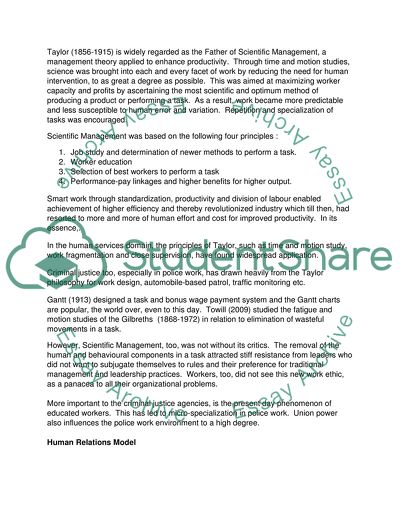Cite this document
(Scientific Management and Human Relations Model in Criminal Justice Research Paper, n.d.)
Scientific Management and Human Relations Model in Criminal Justice Research Paper. Retrieved from https://studentshare.org/law/1755402-scientific-management-the-human-relations-model-in-criminal-justice
Scientific Management and Human Relations Model in Criminal Justice Research Paper. Retrieved from https://studentshare.org/law/1755402-scientific-management-the-human-relations-model-in-criminal-justice
(Scientific Management and Human Relations Model in Criminal Justice Research Paper)
Scientific Management and Human Relations Model in Criminal Justice Research Paper. https://studentshare.org/law/1755402-scientific-management-the-human-relations-model-in-criminal-justice.
Scientific Management and Human Relations Model in Criminal Justice Research Paper. https://studentshare.org/law/1755402-scientific-management-the-human-relations-model-in-criminal-justice.
“Scientific Management and Human Relations Model in Criminal Justice Research Paper”, n.d. https://studentshare.org/law/1755402-scientific-management-the-human-relations-model-in-criminal-justice.


